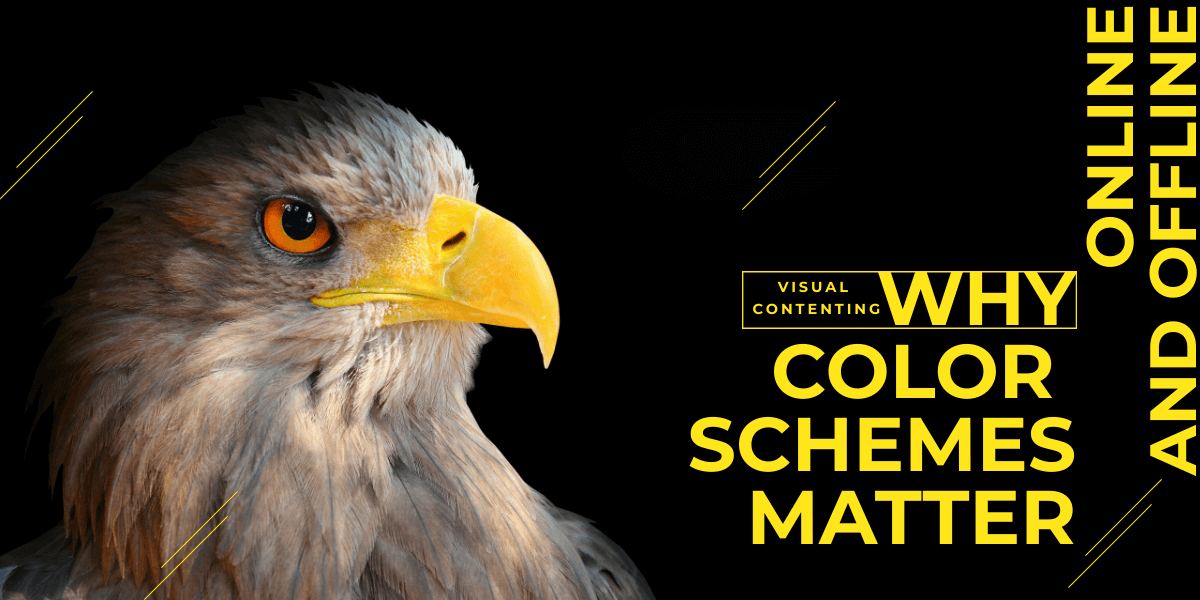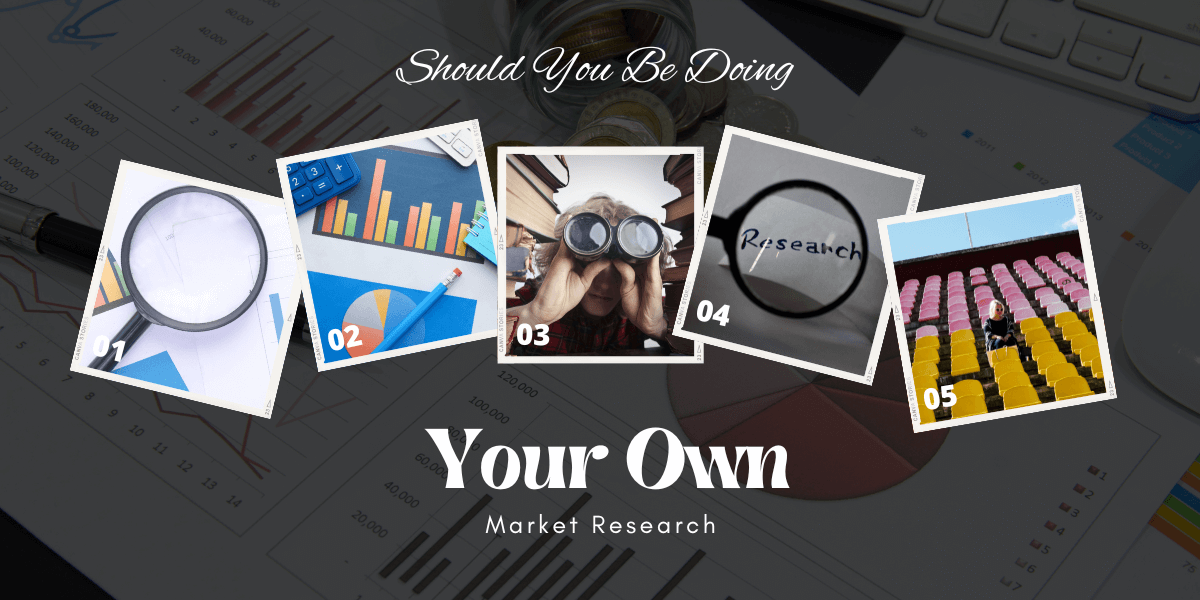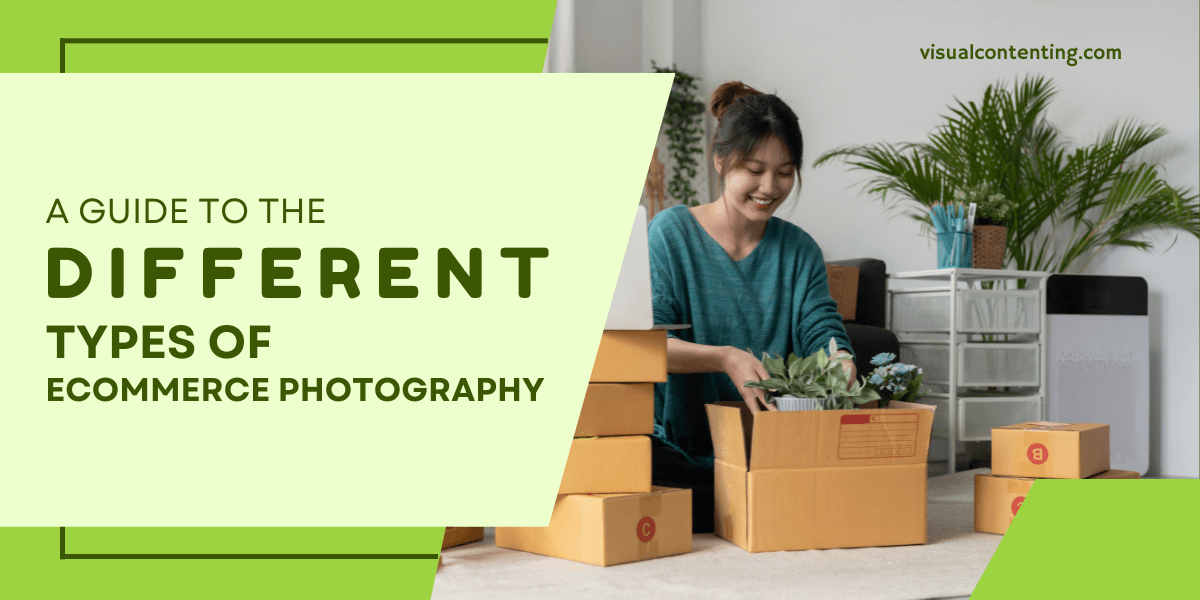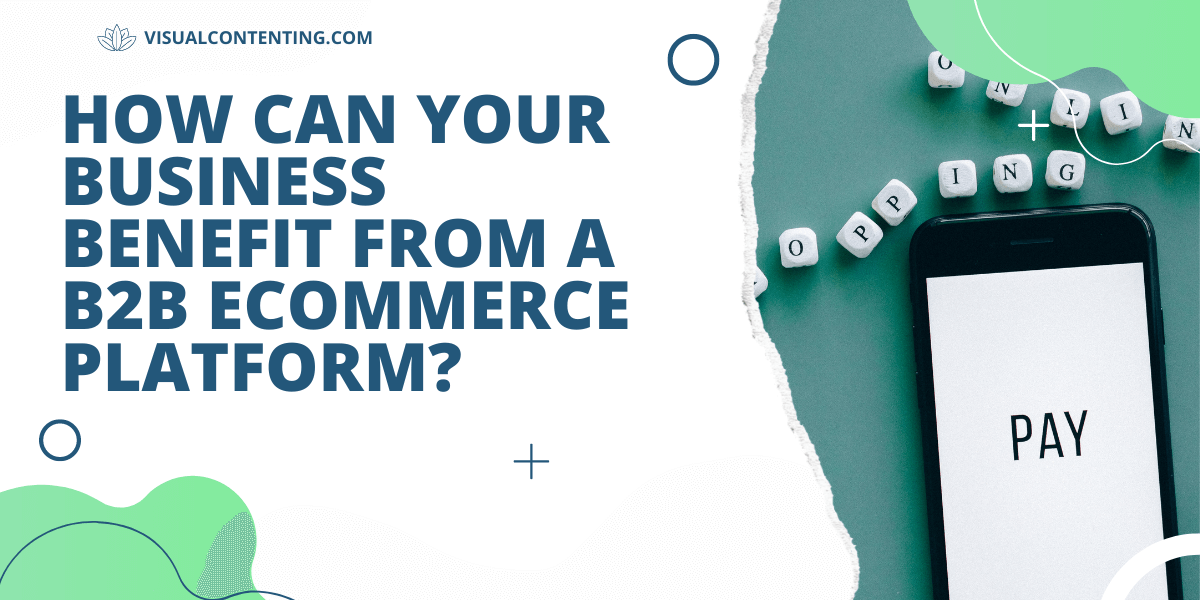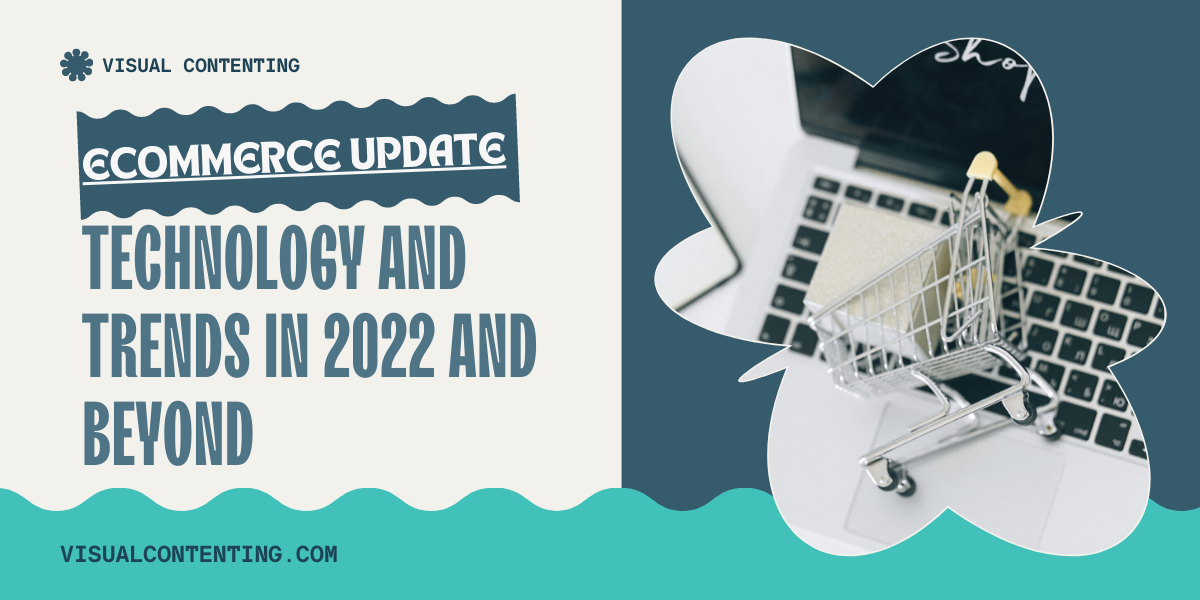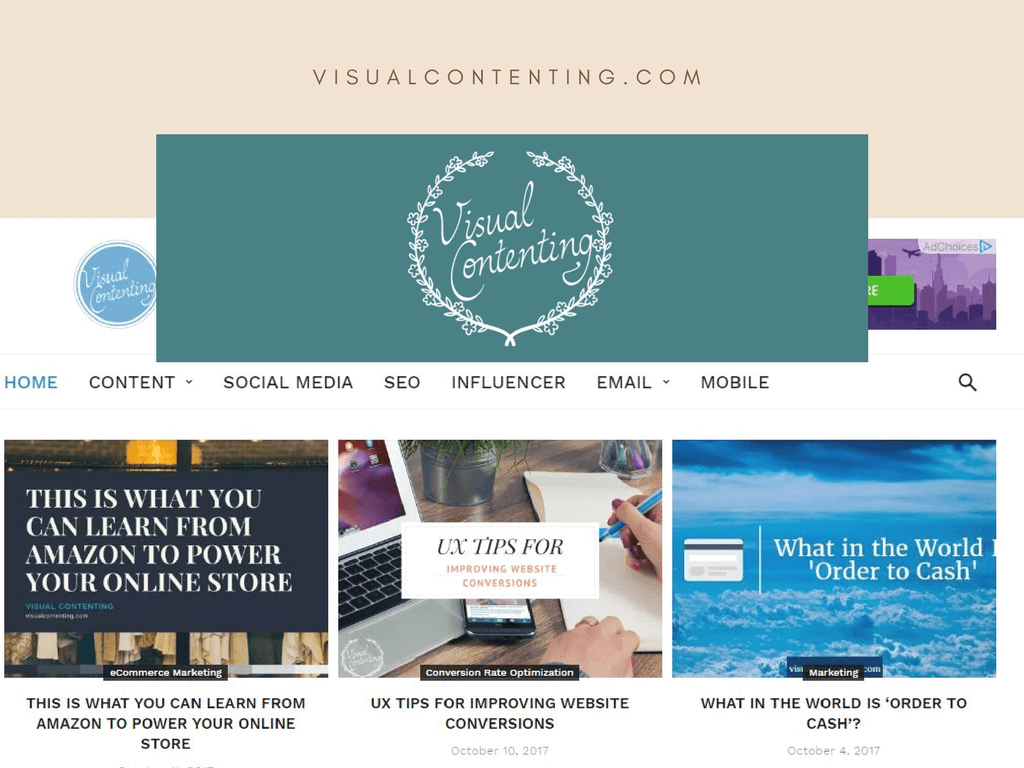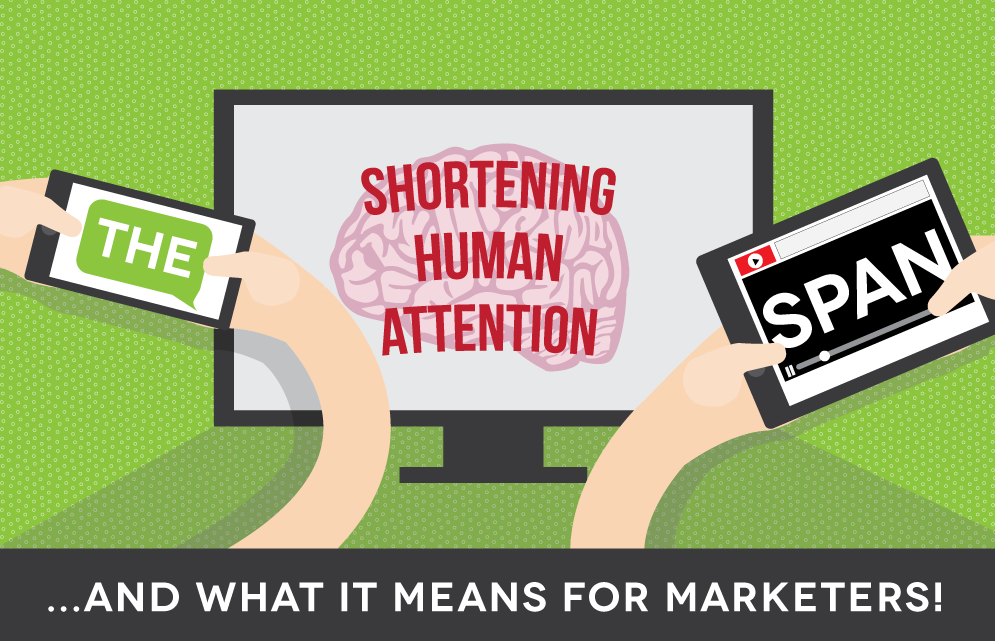Colors fill the world all around us every day — from gorgeous sunsets to the color palette chosen for a website. Color theory is at the heart of design and impacts not only the aesthetics of your design, but the reaction consumers have when they see a logo, website or print ad.
In the 1660s, Sir Isaac Newton experimented with colors, trying to understand prisms and colored light. He was the first to arrange colors in a circle with complementary colors arranged opposite one another. It is the basis for the color wheel of today, which helps artists and designers see the best color combinations for a variety of uses.
Subscribe to Read the Largest Marketing Live Book =>
Here are seven ways color is powerful, both online and offline:
1. Create Beauty
The right combination of colors creates a harmonious balance to the human eye. Designers learn early on to focus on the aesthetic beauty of a design. Many factors come into play with design work, but the way colors mesh with one another is one important aspect. There are a wide variety of hues and not all go together as well as others.
Fortunately, there are color palette generators online today that help designers choose colors that mesh well together. You can start with a specific shade and allow the generator to give you matching colors, or you can "spin the wheel" and see what combination pops up. If you're designing for a company that already has brand colors, finding matching colors is a relatively straightforward process.
2. Evoke Emotion
Different colors evoke different emotions in people. Color therapy dates back to psychiatrist Carl Jung, who asked his patients to express their deepest feelings. Colors reflect emotions and trigger emotions. Although there are some general rules of thumb for color choice and emotion, personal experiences and culture tie into the psychology of color as well. In general:
- White stands for clean and neutral space.
- Black signals authority and power.
- Red evokes excitement and intensity.
- Orange and yellow are happy, energetic colors.
- Blue is trustworthy.
These are just a few of the general ways color impacts emotions. The best way to figure out what works for your target audience comes with testing both online and off while trying different color combinations and shades of colors to see which ones your audience likes best.
3. Add Light
Brick-and-mortar stores and events need specific lighting to draw customers in and set a mood. The mix of lights creates an overall atmosphere and can even elicit emotions from the viewer. Elements of lighting include the rotation of different color lights and how often they turn on and off.
One example of this would be a company putting on a presentation at a local trade show. Choose lights that tie into your overall color scheme but also highlight the product or presenter in a flattering way.
4. Become Memorable
Around 80 percent of people believe color impacts brand recognition. Once you find a color scheme that works both online and off, use it in every piece of marketing you put out. Using the colors frequently across different platforms allows consumers to associate those colors with your brand and recognize your company at a glance.
Think about some of the larger brands out there. If you visit the Starbucks website, you expect to see the same green they use in their stores and on their cups. If you go to McDonald's Facebook page, you'll see those golden arches.
5. Show Your Personality
Color also gives you a chance to show off your personality. If your company is hip and young, then a splash of neon pink or electric blue signals that you know fun. If you run a financial institution and want to instill a feeling of reliability and trustworthiness, then a dark, navy blue or royal blue shows your maturity and serious side.
Think through the colors used in both online and offline branding and if it matches the personality of your company culture.
6. Improve Conversion Rates
Nearly 85 percent of consumers point to color as influencing buying decisions for a particular product. Improve your conversion rates with the color you choose for CTA buttons and other elements on your page meant to convert site visitors into leads.
Color impacts buying decisions in real life, too. Have you ever ordered more in a restaurant than you could eat in one sitting? The colors of the restaurant and even the lettering and images on the menu all play together and enhance your hunger.
7. Grab Attention
Color is a great way to grab the attention of consumers. You compete with other businesses, so having a color palette that varies from other companies like yours allows you to stand out.
Think about the dozens of bank websites for your local area alone and how most of them use the same shade of blue and possibly red. Occasionally, you'll see a site using bright orange or vivid green. Those sites pop because the colors are unique. The same applies to the colors used on the outside of a bank building. If five banks on the street use the same shade of blue and another bank uses a pop of orange, it stands out from the crowd and grabs your attention.
Color Matters
The colors chosen make a difference in how consumers see your business. Consider both the emotions colors evoke, but also how those colors work together as a whole and if they differ from your competitor's color scheme. With a little testing and a lot of attention to detail, you'll find that your brand's colors become memorable and make a difference in your conversion rates both online and offline.
Subscribe to Read the Largest Marketing Live Book =>
Related Posts
Lexie is a designer and typography enthusiast. She enjoys writing HTML code and creating new styles guides. In her spare time, she works on her design blog, Design Roast.
